The beauty world has seen many trends come and go, but sustainability and clean formulations are proving to be more than just buzzwords—they are reshaping the industry from the ground up. As we move deeper, the spotlight is firmly on sustainable and clean beauty, where transparency, eco-consciousness, and ethical responsibility take center stage.
More than ever, consumers are demanding beauty products that are kind to both skin and the planet. Brands, in turn, are innovating rapidly—rethinking packaging, ingredients, sourcing, and overall business practices.
This shift isn’t about sacrificing quality or luxury; it’s about making better choices—for ourselves, future generations, and the environment.
🌿 What Is Sustainable & Clean Beauty?
Sustainable beauty focuses on minimizing environmental impact across the product life cycle—from ingredient sourcing to manufacturing, packaging, and disposal. It emphasizes:
- Eco-friendly materials
- Low carbon footprint
- Cruelty-free and ethical production
- Refillable or recyclable packaging
- Fair labor practices
Clean beauty, on the other hand, is all about ingredient safety and transparency. Clean beauty products are formulated without harmful chemicals like parabens, sulfates, phthalates, synthetic fragrances, and more.
Together, these two approaches form the backbone of conscious beauty.
♻️ 1. Eco-Friendly Packaging: Less Waste, More Innovation
One of the biggest shifts in sustainable beauty is the way products are packaged. Gone are the days of excessive plastic. Nowadays, brands are investing in:
- Glass containers and biodegradable materials
- Refillable systems (lipsticks, foundations, serums)
- Compostable pouches and jars
- Recyclable aluminum or post-consumer recycled (PCR) plastics
Brands leading the charge:
- REN Clean Skincare: Zero-waste packaging goals
- Fenty Beauty: Refillable lipstick & compact systems
- Lush: Naked products without any packaging
Why it matters: The beauty industry produces over 120 billion units of packaging annually. Shifting to eco-options has a massive environmental impact.
🍃 2. Ingredient Transparency & Safety
Clean beauty is all about knowing what you’re putting on your skin. As of now, brands are being fully transparent about every ingredient in their formulas, including:
- Source of ingredients (organic, wild-harvested, lab-made)
- Function of each component (preservative, emollient, etc.)
- Safety data and clinical trials
Popular clean ingredients now include:
- Plant oils (jojoba, rosehip, marula)
- Botanicals (aloe vera, calendula, chamomile)
- Natural actives (niacinamide, vitamin C, hyaluronic acid)
- Eco-safe synthetics (biodegradable, non-toxic, lab-stable)
Blacklisted ingredients in clean beauty:
- Parabens
- Sulfates
- Formaldehyde-releasing preservatives
- Synthetic dyes & fragrances
- Oxybenzone (harmful to coral reefs)
🌏 3. Ethical & Cruelty-Free Production
Conscious consumers today demand more than pretty packaging. They want to know their products are not tested on animals and made with fair labor practices.
Top ethical standards include:
- Cruelty-free (certifications from Leaping Bunny, PETA)
- Vegan (no animal-derived ingredients)
- Fair trade sourcing (especially for shea butter, cocoa, mica)
- Sustainable harvesting (especially for botanicals and essential oils)
Ethical beauty brands to watch:
- The Body Shop: Activist-led ethical sourcing
- Biossance: Clean biotech-based ingredients
- Juice Beauty: USDA-certified organic formulations
💧 4. Waterless Beauty: A Rising Star in Sustainability
Water is a precious resource, and the beauty industry uses a lot of it—in both products and production. Enter: waterless beauty.
Waterless formats include:
- Solid shampoo and conditioner bars
- Powder cleansers
- Balm-based moisturizers
- Stick serums and deodorants
Benefits of waterless beauty:
- Less packaging required
- Longer shelf life
- Lower shipping weight and carbon footprint
- More potent formulas (no dilution)
Popular brands using waterless tech:
- Ethique (solid hair and face products)
- L’Oréal Water Saver salons
- LUSH shampoo bars
🌸 5. Biotech Beauty: Science Meets Sustainability
Lab-grown ingredients are revolutionizing clean beauty. Instead of overharvesting natural resources, brands are now producing ingredients through biotechnology—fermenting plant cells, algae, or microbes in labs.
Biotech ingredients now common in clean beauty:
- Lab-made squalane (from sugarcane instead of shark liver)
- Hyaluronic acid via fermentation
- Vegan collagen boosters
- Algae-based antioxidants
Why it’s smart:
- Reduces strain on natural habitats
- More stable and consistent quality
- Lower environmental impact
Notable biotech brands:
- Biossance
- Geltor (vegan collagen)
- Lab-to-Beauty
🌼 6. Minimalist Skincare Routines
As consumers become more eco-conscious, the 10-step routines are being replaced by streamlined, effective rituals using fewer products.
This trend, called “skinimalism”, embraces:
- Multi-functional products (like moisturizer + SPF + serum)
- Simplified ingredient lists
- Quality over quantity
Why this supports sustainability:
- Less product waste
- Fewer chemicals on your skin
- Less packaging and manufacturing footprint
🌿 7. Local, Indie & Refillable Brands Are Thriving
More consumers are supporting local or indie beauty brands that produce in small batches, offer refills, and operate sustainably.
Benefits of shopping local/small batch:
- Lower transport emissions
- Support for community artisans
- More ingredient traceability
- Often cruelty-free and handmade
Examples:
- Earth Rhythm (India): Sustainable skincare with refill packs
- Meow Meow Tweet: Zero-waste deodorants
- Wild Refill (UK): Compostable deodorant refills by mail
💚 8. Certifications & Clean Beauty Standards
To avoid greenwashing, many brands are now third-party certified. Consumers are encouraged to look for trusted labels like:
- ECOCERT / COSMOS (organic standards)
- Leaping Bunny / Cruelty-Free International
- USDA Organic
- EWG Verified (Environmental Working Group)
- Certified B Corporation
Why it matters: These seals help confirm that your beauty product isn’t just “greenwashed” with empty claims.
📈 The Clean Beauty Market: Why It’s Booming
According to current trends:
- 78% of Gen Z and Millennials are more likely to buy from eco-conscious beauty brands
- The global clean beauty market is projected to surpass $30 billion by 2026
- 65% of consumers say they now read ingredient labels
- 50% are willing to pay more for sustainable packaging and ethical sourcing
Clean and sustainable beauty isn’t just a niche—it’s becoming the new standard.
🌟 Final Thoughts: Beauty With Purpose
“Sustainable and clean beauty” is not just a 2025 trend—it’s a movement toward doing beauty better. It’s about shifting from quick fixes to long-term wellness, from waste to mindful consumption, and from profit to purpose.
When you support brands that prioritize the planet, people, and purity, you’re investing in your skin’s health and the future of the environment.
✔️ You’re choosing:
- Safer ingredients
- Transparent ethics
- Earth-friendly innovation
- Inclusive, holistic beauty for everyone
Because beauty should never come at the cost of your health—or the planet’s.




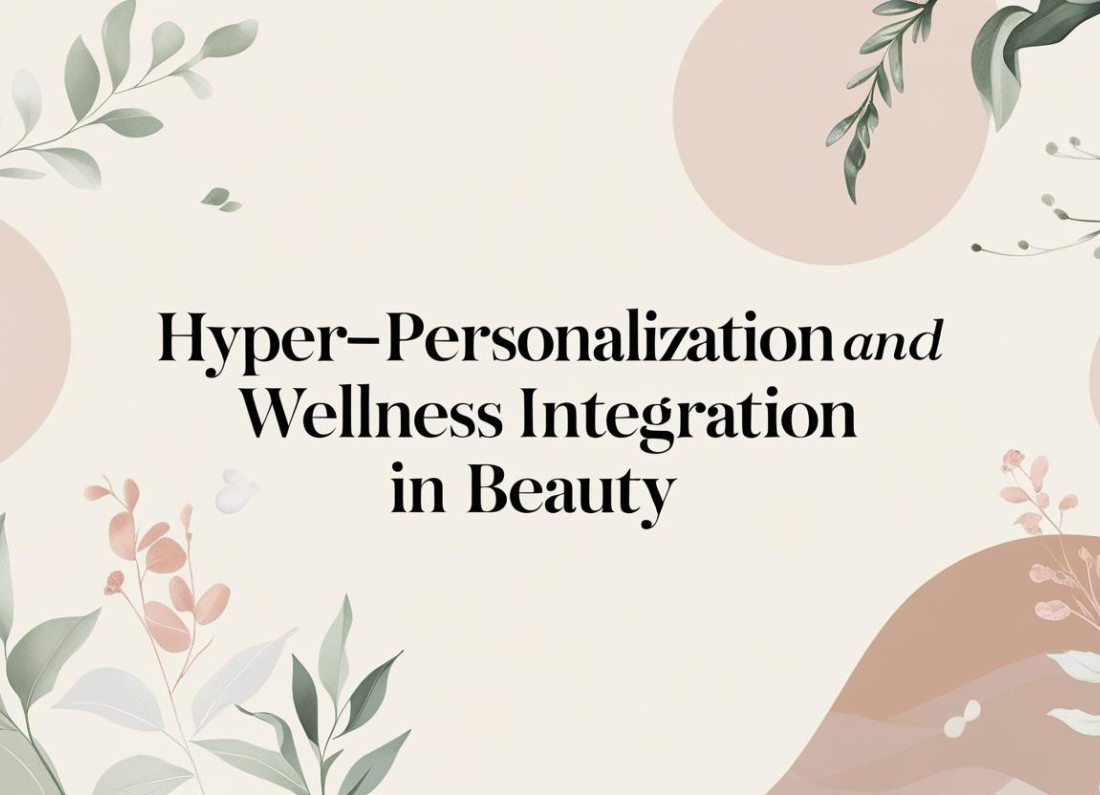

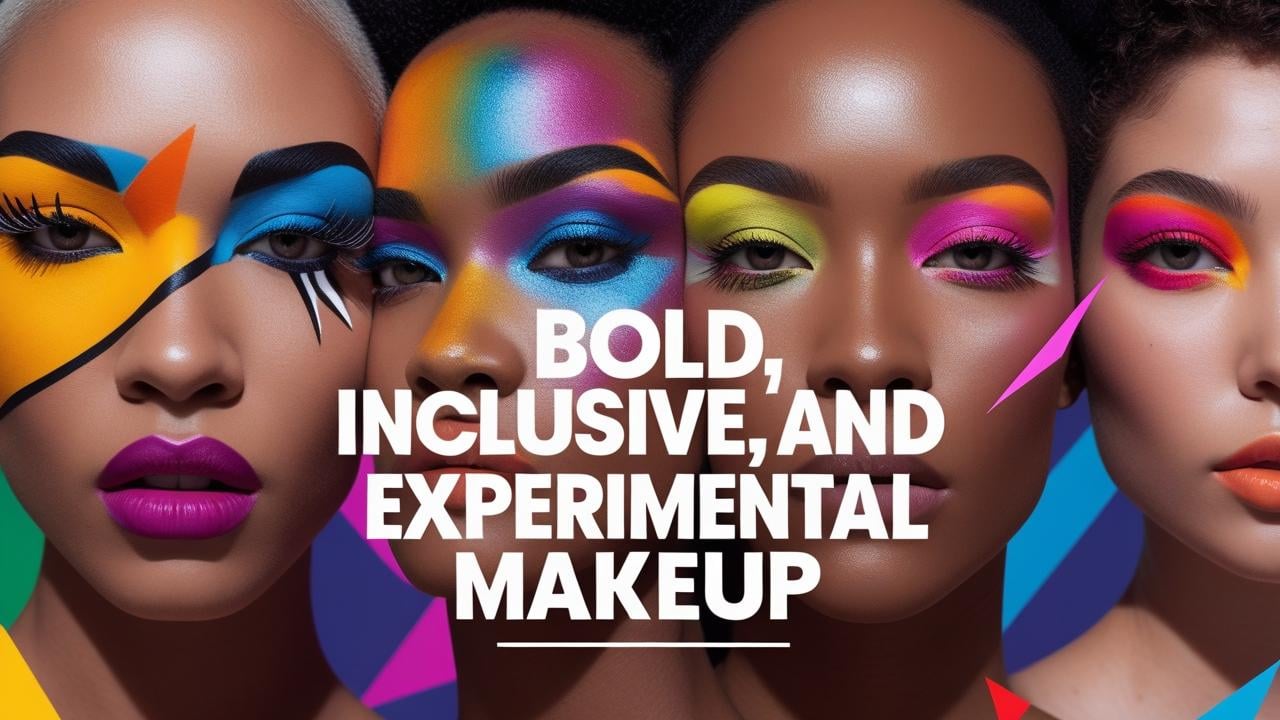
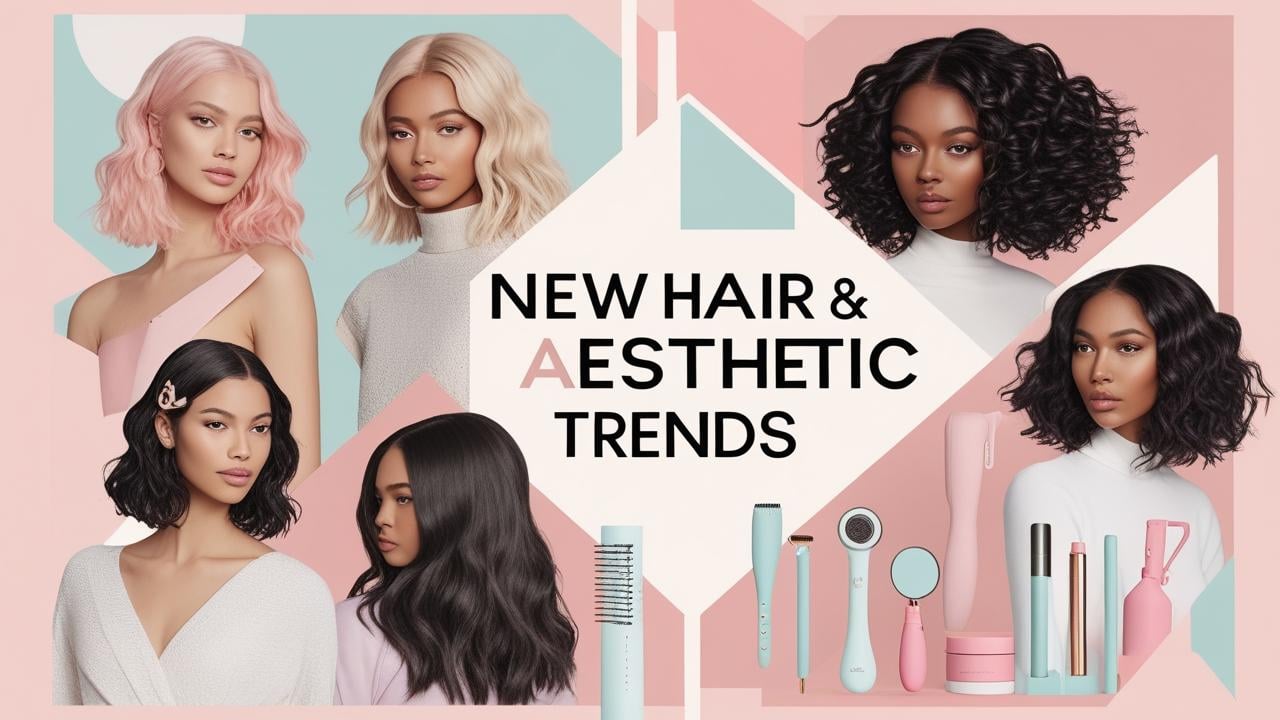
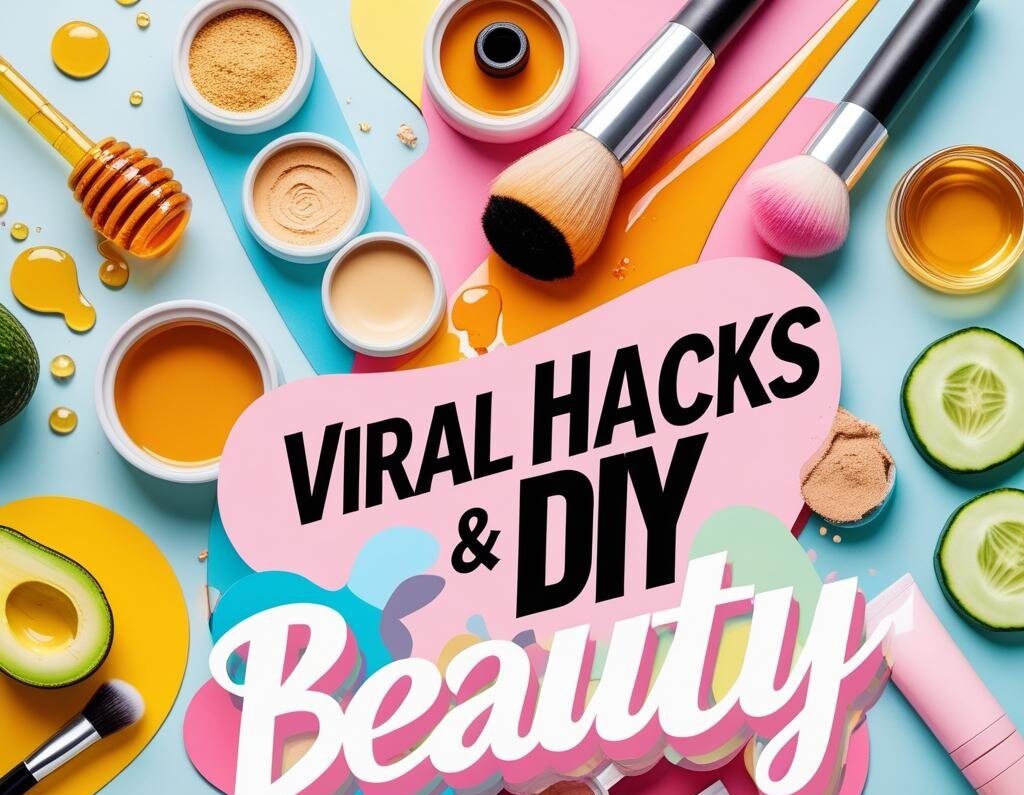
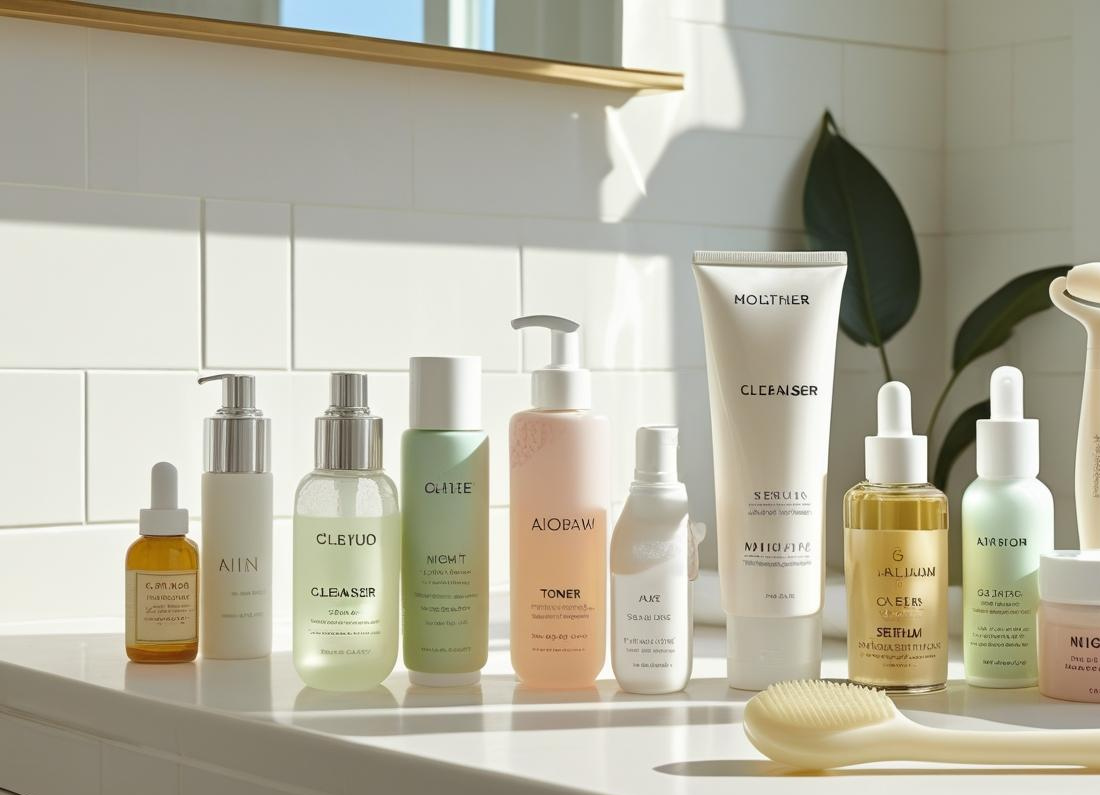
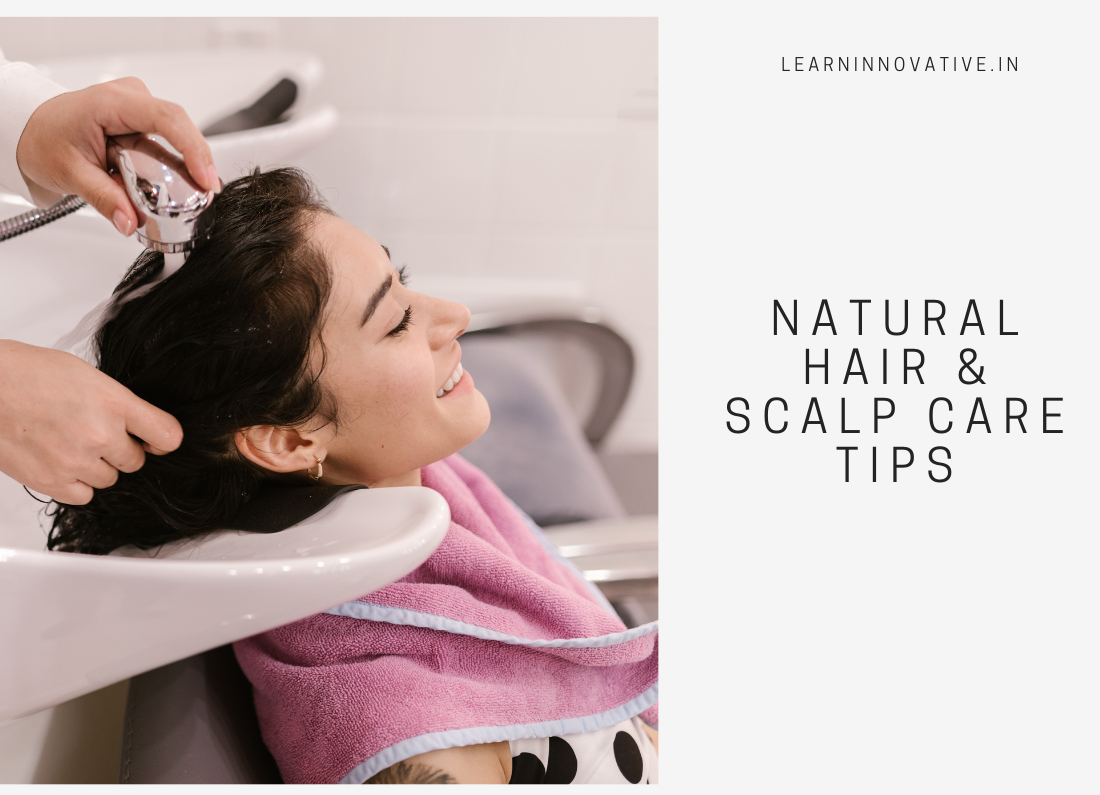




Leave a Reply